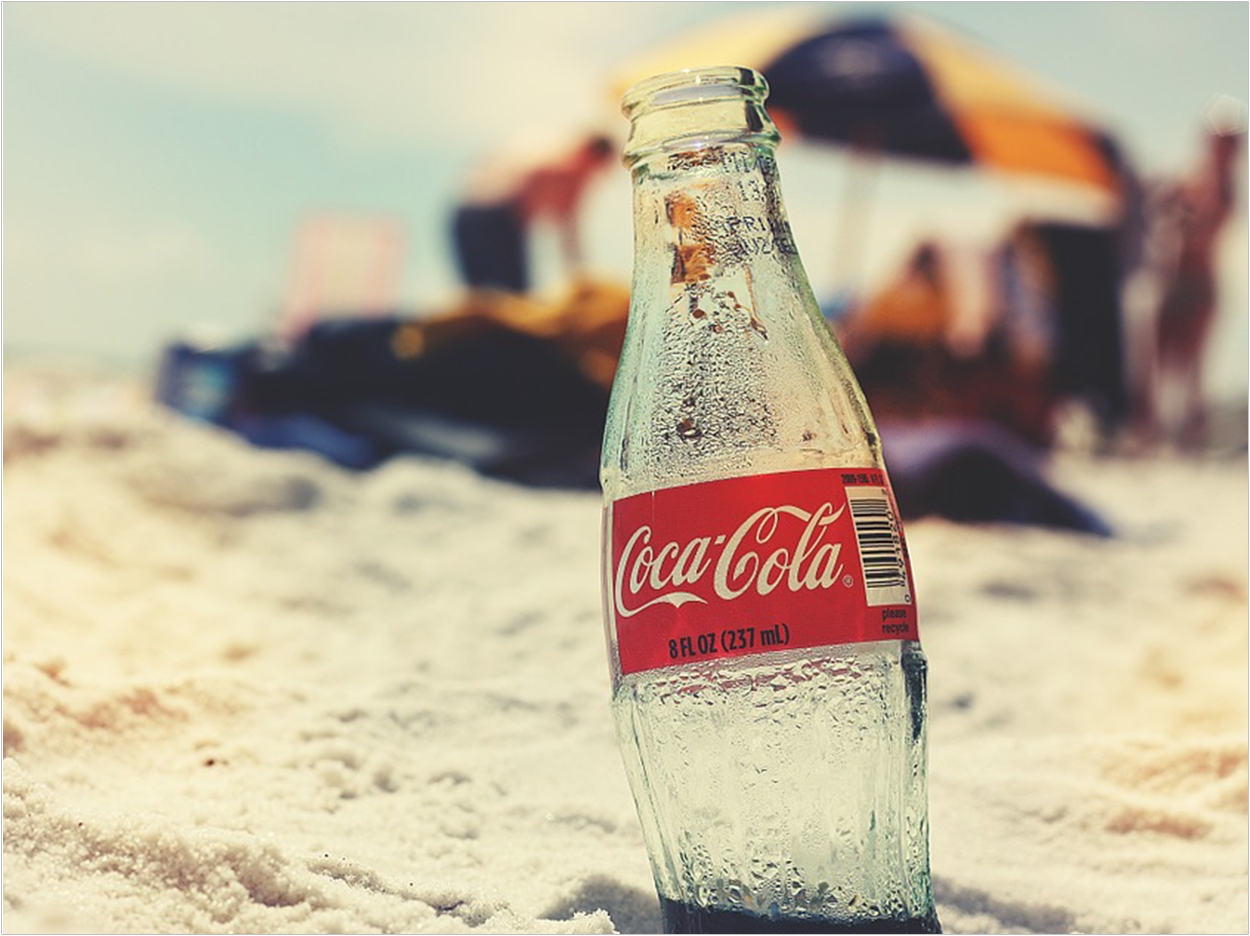
A simulation model of different designs of taxes on sugary drinks suggests that all tax designs would generate substantial health gains and reduce health costs in the United States, according to the American Heart Association (AHA), though some models perform better than others.
Sugary drinks remain the largest source of added sugars in the United States, the AHA says, with about 60% of children and half of adults consuming sugary drinks every day. Researchers created a nationally representative microsimulation model to test three types of taxation:
- A flat “volume tax” by drink volume ($0.01 per ounce), which is the only type of tax used in US cities to date
- A “tiered sugar content tax” by three levels of sugar content ranging from $0.00 for less than 5 grams of added sugars per 8 ounces to 0.02 per ounce of added sugars for more than 20 grams of added sugars per 8 ounces
- A “fixed sugar content tax” by absolute sugar content of $0.01 per teaspoon of added sugars regardless of the number of ounces
All three tax structures would generate tax revenue, reduce healthcare costs, and prevent cardiovascular disease events and diabetes case, the researchers said, though the tiered tax and sugar content tax could generate the largest health gains and cost savings.
Any of the tax designs could be effective public health policy tools that may be able to reduce consumption of sugary drinks and improve health and overall well-being, the researchers said.
Adults between the ages of 35 and 44, blacks and Hispanics, and adults with lower incomes were estimated to experience the largest health gains, the AHA said, suggesting that all three sugary tax designs may reduce health disparities, particularly among these subgroups.
“Overwhelming evidence confirms that food prices have a big impact on purchasing decisions. Taxing sugary drinks influences consumer choices, reducing consumption,” said Yujin Lee, PhD, a postdoctoral fellow of the Friedman School of Nutrition Science and Policy at Tufts University and co-lead study author.
“US cities have introduced volume taxes on sugary drinks. But our findings suggest that a tiered fixed sugar content tax would be best, reducing consumer intakes while also encouraging manufacturer reformulations to reduce the sugar content of their products,” said Lee.
The researchers estimated the potential health impact, quality-adjusted life-years (a measure of disease burden) costs, and cost-effectiveness of volume-based and sugar content-based (tiered and fixed) sugary drinks taxes in the United States.
The researchers also used nationally representative data and a validated computer simulation model that incorporated data on adults ages 35 to 80 across three National Health and Nutrition Examination Survey cycles (2009 to 2014) to derive socio-demographics, cardiometabolic risk factors, and lifestyle habits.
Net costs were calculated from adding the expense of the government’s implementation of tax collection plus the industry’s compliance and reformulation costs, then subtracting healthcare savings from fewer medical screenings, treatments, medications, surgeries, and supplies, discounted at 3% annually.
Philadelphia, Seattle, Boulder in Colorado, and Berkeley, Albany, Oakland, and San Francisco in California currently have volume-based taxes for sugary drinks, as does Mexico, Belgium, Brunei, Norway, and the Philippines.
The AHA currently supports tiered sugar content taxes as an effective approach to achieve better health and expand healthier options. It also has supported volume-based taxes, which were passed in those seven cities.
Taxes on sugary drinks based on sugar content such as tiered or fixed taxes have been implemented in other countries, including Chile, Ireland, the United Kingdom, France, Portugal, and South Africa.
The simulation found that, compared to the status quo, a volume-based tax could:
- Prevent 850,000 cardiovascular events
- Prevent 269,000 cases of diabetes
- Gain 2.44 million quality-adjusted life years across the population
- Generate $80.4 billion in federal tax revenue
- Save $53.2 billion net healthcare costs
The tiered and absolute sugar content tax structures could double those gains, the AHA said. In the simulation model, a tiered tax would:
- Prevent 1.67 million cardiovascular evens
- Prevent 531,000 diabetes cases
- Generate $142 billion in tax revenue
- Gain 4.85 million quality-adjusted life years across the population
- Save $105 billion in net healthcare costs
Similarly, the simulation estimated that an absolute content tax would:
- Prevent 1.8 billion cardiovascular events
- Prevent 550,000 diabetes cases
- Generate about $42 billion in tax revenue
- Gain 5 million quality-adjusted life years across the population
- Save $105 billion in net healthcare costs
For this study, the researchers defined sugary drinks as soft drinks and sodas, juice drinks, sports drinks, pre-sweetened iced tea or coffee, and electrolyte replacement drinks with 5 or more grams of added sugars per 12 ounces.
Consumption of sugary drinks, including their added sugars content for each person, was derived from two 24-hour dietary recalls per person.
Given that the projections and modeling are based on observational data, the study does not establish a causal link between the health and cost effects of these sugary drink tax designs in United States adults, the researchers said.
Rather, the estimates provide evidence that can be considered and incorporated into the design, implementation, and evaluation plans of potential taxes, the researchers said, including at local, state, or federal levels.
The model’s population also did not include children, adolescents, or adults under the age of 35.
“Our study underscores the importance of considering different sugary drink tax designs in any new local, state, and federal efforts to improve health outcomes and save healthcare costs,” Lee said.
The study, “Health Impact and Cost-Effectiveness of Volume, Tiered, and Absolute Sugar Content Sugar Sweetened Beverage Tax Policies in the United States: A Microsimulation Study,” was published by Circulation.
Related Articles
Few Parents Limit Their Children’s Sugar Intake to Protect Their Teeth
Illinois Tax Reduces Sugary Beverage Sales by 21%
Sugary Drinks Make Up Most Children’s Beverage Sales












